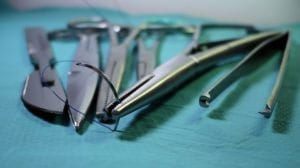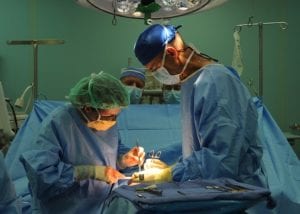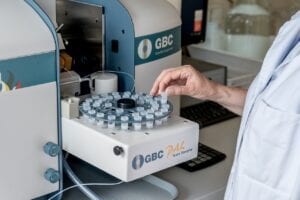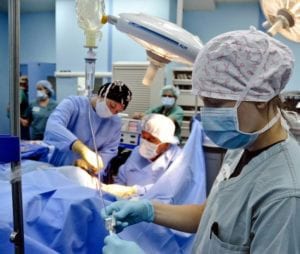Moyamoya Disease
What is Moyamoya Disease?
Moyamoya disease is a rare, progressive blood vessel disorder in which the carotid artery in the skull becomes blocked or narrowed, reducing blood flow to the brain.
The word “moyamoya” means “puff of smoke” in Japanese, a term describing the appearance of this cluster of tiny blood vessels.
What are the symptoms of Moyamoya Disease?
The first symptom is usually stroke or recurrent transient ischemic attacks (TIAs), especially in children. Adults may also experience these symptoms but more often experience bleeding in the brain (hemorrhagic stroke) from abnormal brain vessels.
Other symptoms:
- Headache
- Seizures
- Weakness or fatigue
- Numbness or paralysis in the face, arm or leg, typically on one side of the body
- Visual disturbances
- Difficulties with speaking or understanding others (aphasia)
- Developmental delays
- Involuntary movements
- Cognitive decline
What causes Moyamoya Disease?
The cause of Moyamoya disease is currently unknown – but because of high concentration among Asian counties like Japan, China, and Korea, it is believed to be genetic.
How is Moyamoya Disease diagnosed?
In most patients, Moyamoya can be diagnosed with an MRI, MRA, and cerebral arteriography
A catheter angiography can help with the identification of important blood vessels called “transdural collaterals,” which are present in some cases and can markedly influence surgical planning and prognosis.
What are the treatments for Moyamoya Disease?
Medications may be prescribed to reduce the risk of stroke or to aid in seizure control, including:
- Blood thinners
- Calcium channel blockers, also known as calcium antagonists
- Anti-seizure medications
If symptoms become worse or if tests show evidence of low blood flow, the doctor may recommend revascularization surgery.
In revascularization surgery, surgeons bypass blocked arteries to help restore blood flow to the brain. Doctor may use direct or indirect revascularization procedures, or a combination of both.
Where can I find out more about Moyamoya Disease?
Moyamoya Articles

Dubai Doctors Saved a Child with Moyamoya Disease with a Special Technique


PiPeD Offers New Surgical Technique for Pediatric Moyamoya Disease

Study of the Week: Noninvasive Biomarker Discovered for Moyamoya Disease


TV Star Will Yun Lee Talks About His Son’s Rare Diagnosis: Moyamoya Disease






